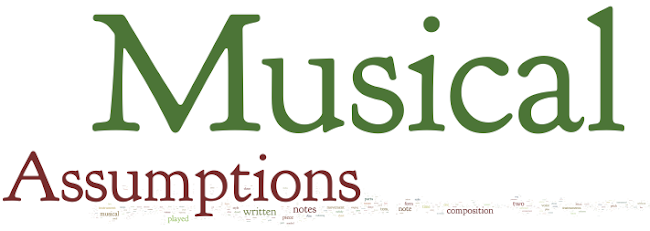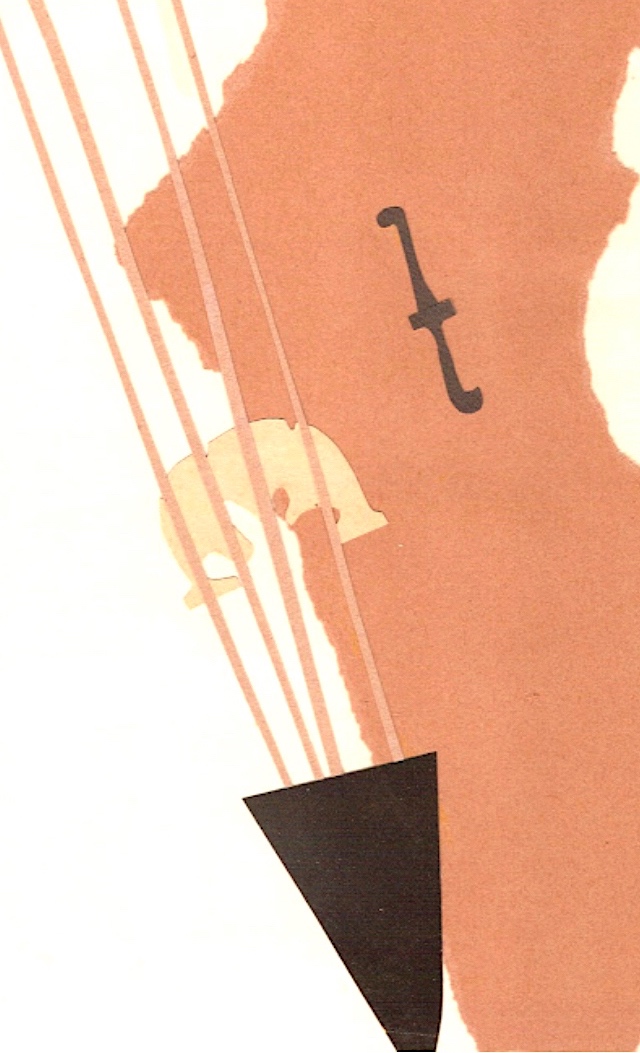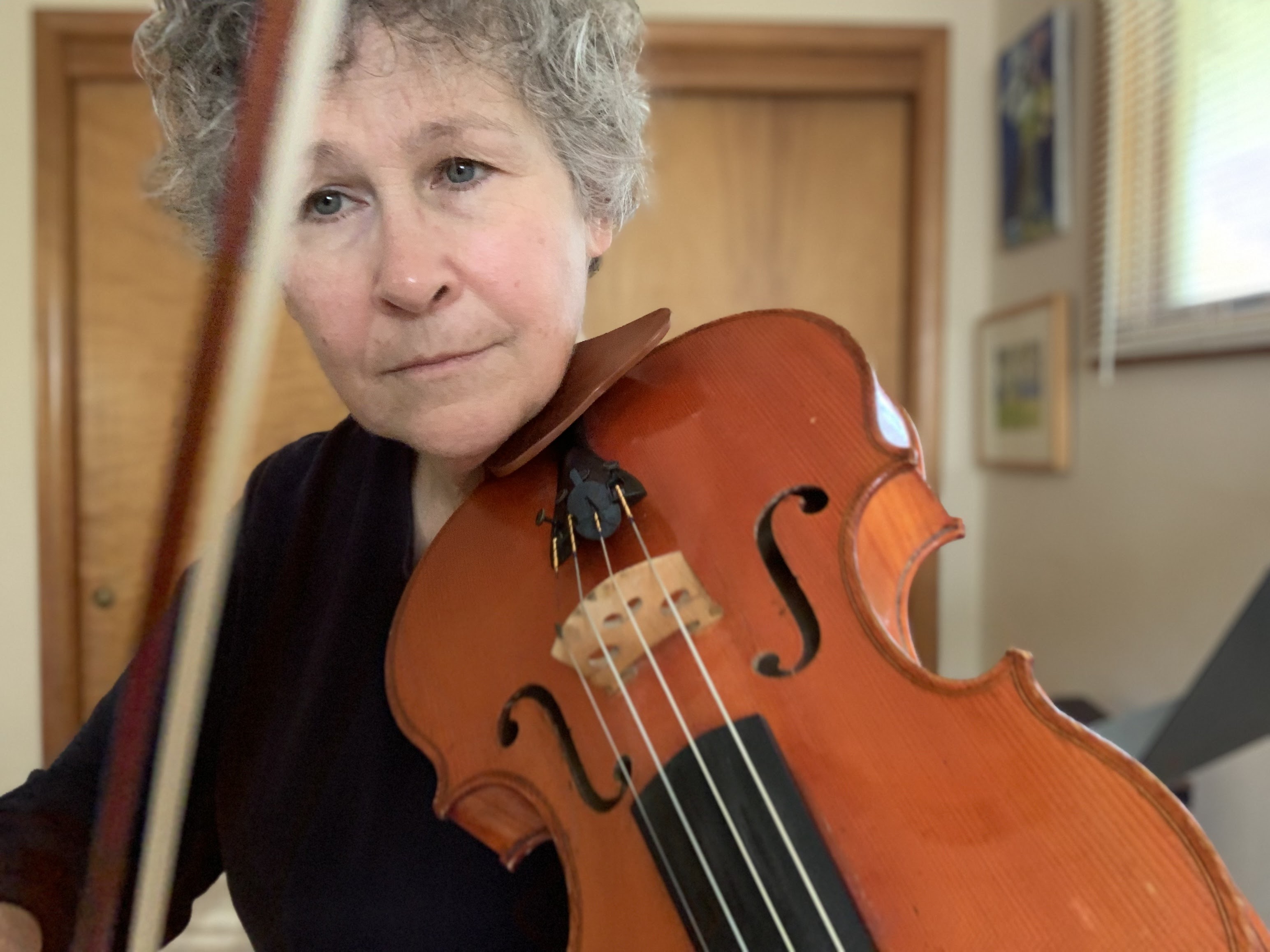Gunther Schuller: A Life in Pursuit of Music and Beauty
University of Rochester Press (
Boydell and Brewer)
616 Pages
Available in October 2011
(You can pre-order the book
here or
here.)
Gunther Schuller's music has always been important to me. It was everywhere at Tanglewood during the summers of the 1970s (the place and time of my musical coming of age). I connect the sounds of Schuller's music (his brass music, in particular) with the mud, the tall trees, the lawns, and the creative musical activity and energy of the Berkshire Music Center. Gunther Schuller's presence also dominated the New England Conservatory, where I spent many of the evenings and weekends of my adolescence during the other three seasons of the year. I always wondered what lay behind Gunther Schuller's rather quiet and deliberate exterior. Now, after reading these 616 pages, I marvel at how a single person could fit what he did, saw, read, wrote, played, heard, knew, and knows into a single lifetime.
Autobiography is a flawed mode of expression. The tidal waves of suppressed memories that seem to overtake the sleepless octogenarian brain bring forth a wealth of unexamined circumstances that demand examination and consideration, but not by the octogenarian himself (who might have repressed many memories for good reasons). The task of interpretation is best left to analysts and biographers; making true sense of a life is not possible for the person who is living it. The amateur psychiatrist in me considers Schuller's overbearing and physically-abusive mother and his philandering father. I shudder when I think of almost-three-year-old Gunther being in the room while his mother was giving birth (at home) to her second child, and shake my head when Gunther is sent off to German boarding school alone (without his parents) on a week-long journey over the Atlantic, at the age of six.
Still, Gunther Schuller got what he describes (rather cinematically) as an excellent education. It was a time of long days filled with glorious natural, interpersonal, and educational experiences (though oddly not musical). Everything came to a halt when the Nazis took over the school in 1936, and Gunther was forced to become part of the
Deutsches Jungvolk, the junior branch of the
Hitlerjugend. After an accident with a Swiss army knife and a wire-wrapped Christmas present caused Gunther to lose an eye, his parents brought him back to New York and enrolled him in St. Thomas Choir School (which I presume exchanged the duties of professional singing for tuition). Gunther, who stayed at the school as long as he had a soprano voice (from 10-15), got an excellent musical education. In addition to singing what seems like the entire sacred choir literature, he learned to play the flute and the French horn, learned theory and harmony, edited the school newspaper, and began to compose seriously.
Gunther had to enter public school after his voice changed. He also did double-duty as a horn student at the Manhattan School of Music, and by the time he was 16 he had no use for high school. He was already several years ahead of his classmates because of his education in Germany and at St. Thomas, and was a good enough horn player to begin freelancing. How he managed to keep a full life of teenage activities (including playing in a high-school jazz band, exploring Long Island on bicycle, reading a great deal, and composing) and still found enough time to practice the horn and learn the whole orchestral and operatic repertoire is beyond the limits of my imagination.
The exact timeline of events is difficult to discern from the text. Schuller never really gives an exact age when he began playing the horn, but he does mention that it was a very natural experience for him to learn to play it. In 1943 (he was 18), after auditioning for openings in orchestras in Philadelphia, Pittsburgh, and Cincinnati, and being offered all three jobs, he settled on a two-year appointment as the principal horn in Cincinnati. While playing the famous solo in the slow movement of Tchaikovsky's Fifth Symphony, he spied Marjorie Black, the woman who turned would be the love of his life, sitting on the balcony (he tells the story very cinematically). Hundreds of pages of courtship (informed by thousands of pages of letters and diary entries from both Gunther and Margie) pass before the two of them eventually move to New York and finally get married. These diaries and letters make it possible for Schuller to recount what seems like every date, every movie, every concert, every walk in the park, every museum visit, and every concert experience. Eventually Schuller became the first horn of the Metropolitan Opera Orchestra, where he remained through the 1950s. Composing and conducting gradually took over his life, and in 1963 Schuller stopped playing the horn.
The book includes detailed personal and professional analyses of many conductors Schuller worked under. I really appreciate the extensive candid critiques (some of them scathing) of
Leopold Stokowski,
Fritz Reiner, and
George Szell, and the pages of praise for
Pierre Monteux and
Wilhelm Furtwängler (with whom he shared a train compartment during one of his many post-war European summers). He discusses the Darmstadt composers of the 1950s in great detail, and presents a lucid and accurate picture of the people and movements involved in 20th-century music on both sides of the Atlantic.
Gunther Schuller devotes a great deal of space to his musical and personal relationships with the musicians in New York's jazz world as well as in its opera, symphonic, and freelance world. I find it interesting that Schuller confesses to never feeling truly comfortable as an improvising musician. It was his superior ear (he could transcribe complicated scores from recordings--even 12-tone scores), his abilities as an arranger, and his flawless horn playing, that earned him the respect of his jazz colleagues. He demonstrated the importance of having a conductor, something his jazz colleagues eventually understood, and he contracted many of New York's stellar freelance musicians (i.e. classical musicians) to play in many successful jazz recording sessions. He was very close to Bill Evans, who used to come to his apartment to read four-hand transcriptions of the entire Wagner Ring (and Parsifal too). Charlie Parker, who was interested in the music of Bartok and Stravinsky, asked Schuller for lessons. Schuller writes in great detail about his relationships with, and influence upon, dozens important people in the jazz world.
Rather than being merely the person who coined the term
"Third Stream," he was the cog in the wheel that made the whole thing work. Without someone like Gunther Schuller coming on the music scene exactly when and as he did, the paths of jazz and new classical music might never have crossed in a meaningful way. Certainly the dominant role that jazz plays in the music departments of universities around the world is, in a large part, due to the influence of Gunther Schuller.
The book is not without its flaws. There are times when Schuller repeats himself and re-introduces people and places. The timeline is confusing, and sometimes it takes a good ten pages (and they're big pages) for him to get to the matter that a chapter title suggests. There are long periods of travelogue, and long listings of films (how he had the time to see all those movies is a mystery) that prompt me to skim, but as a person who has accomplished more during his first 85 years (only 40 are represented in this first volume) than three or four musicians combined, he's entitled to a bit of fallibility.
This is an important book for anyone interested in the cultural life of the twentieth century, and for anyone interested in contemporary music. I'm looking forward to the next volume.
 Sometimes you can find a handsome prince in an unlikely place. The other day, while our son Ben was trying out banjos at Elderly Instruments up in East Lansing, Michigan, I had some time on my hands. They do not specialize in bowed stringed instruments, but they do have a small room filled with inexpensively-priced violins and violas. Some are pretty good, and some are not. I suppose as far as violins and violas go, they sell whatever people bring to them to sell on consignment.
Sometimes you can find a handsome prince in an unlikely place. The other day, while our son Ben was trying out banjos at Elderly Instruments up in East Lansing, Michigan, I had some time on my hands. They do not specialize in bowed stringed instruments, but they do have a small room filled with inexpensively-priced violins and violas. Some are pretty good, and some are not. I suppose as far as violins and violas go, they sell whatever people bring to them to sell on consignment.




























